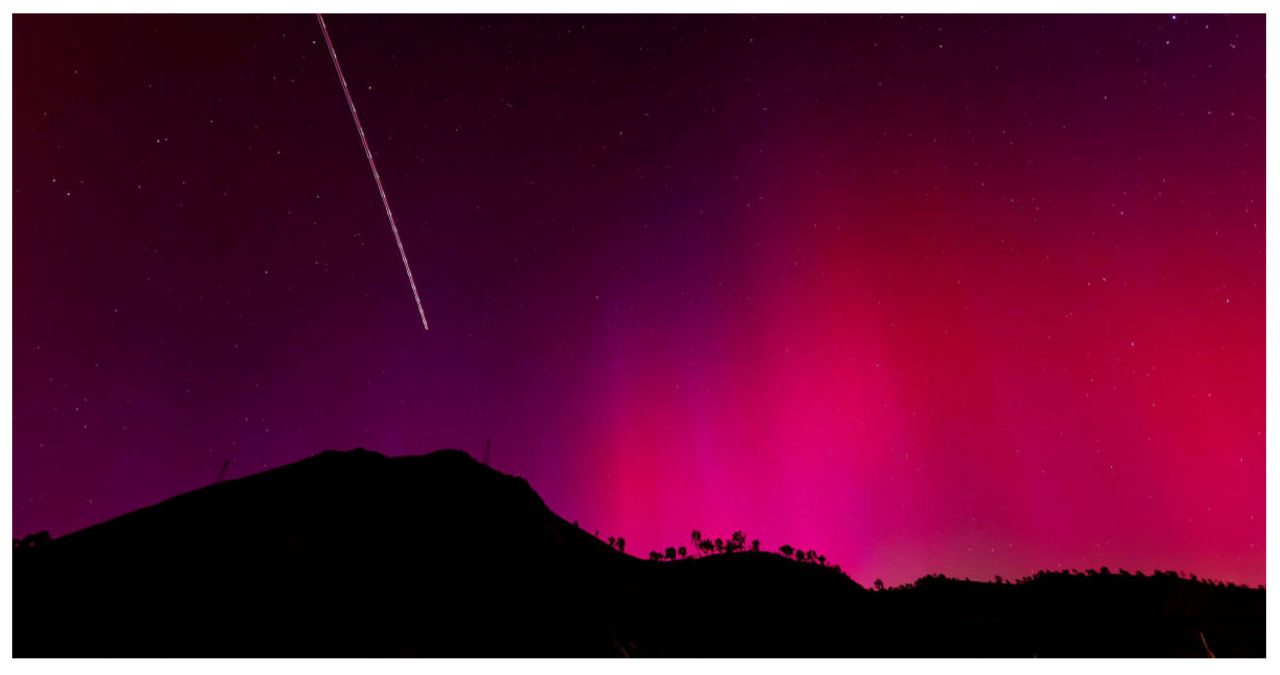The Earth experienced its most powerful geomagnetic storm in over two decades on Friday. Explosions of plasma and magnetic fields led to radio blackouts and even allowed the northern lights to be visible in the southern parts of the United States. However, it is important to note that the storm is not yet completely over, as officials have issued warnings for the coming days.
According to the Space Weather Prediction Center of NOAA, a warning for a G3, or “strong,” geomagnetic storm has been issued until 2 a.m. ET on Monday. Although the likelihood of stronger storms has decreased, the center’s forecast indicates that moderate to strong geomagnetic storms are expected on Monday, and minor storms are likely to occur on Tuesday. Throughout the day, these conditions are expected to gradually diminish.
According to the center, there is an expectation of high levels of solar activity, which may result in additional solar flares. Solar flares are characterized by bursts of electromagnetic radiation emitted by the sun.
Another X-class solar flare has been recorded, adding to the recent update. These solar bursts are known to be the strongest class, with the latest one being classified as “moderate.”
According to the center, flares of this magnitude do not occur often. They stated that users of high frequency (HF) radio signals may experience a temporary degradation or complete loss of signal on a significant portion of the sunlit side of Earth.
On Sunday, a more powerful X-class flare was detected, which potentially resulted in hour-long radio blackouts across large regions on the sunlit side of the Earth.
Sunspot Region 3664 was the source of the flares, which contributed to the intense geomagnetic storm over the weekend. This region is known as the most complex and active on the sun’s surface, according to NOAA. It is so massive that it can be seen from Earth by individuals wearing eclipse glasses, measuring approximately 124,000 miles across, as reported by Space.com.
According to NOAA, the spot found next to Regio 3663 is known for its magnetic complexity and size, which is significantly larger than Earth.
CMEs, which are massive outbursts from the sun’s atmosphere filled with plasma and magnetic fields that result in geomagnetic storms, are anticipated to persist throughout Monday, further intensifying G3 activity.
According to NOAA forecasts, the influence of weaker CMEs is expected to continue, resulting in decreased responses at unsettled to G1 (Minor) levels on 14 May.
During the same period, there is an anticipation of minor solar radiation storms and an increase in radio blackouts. Depending on the intensity of the solar flares, some of these blackouts may be classified as “strong” events.



